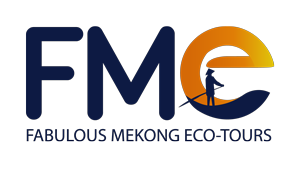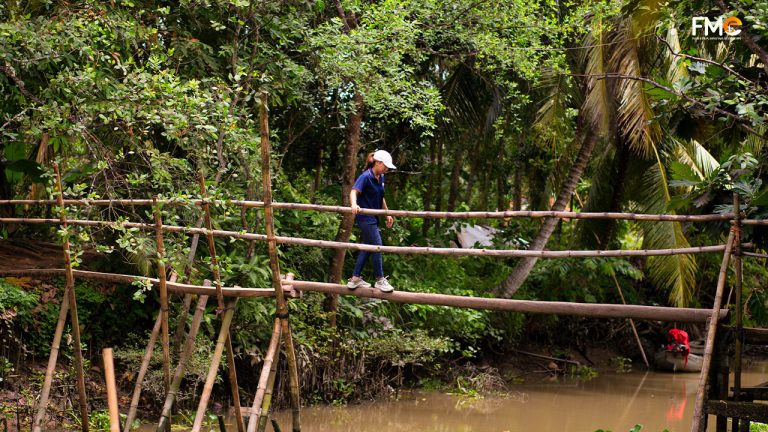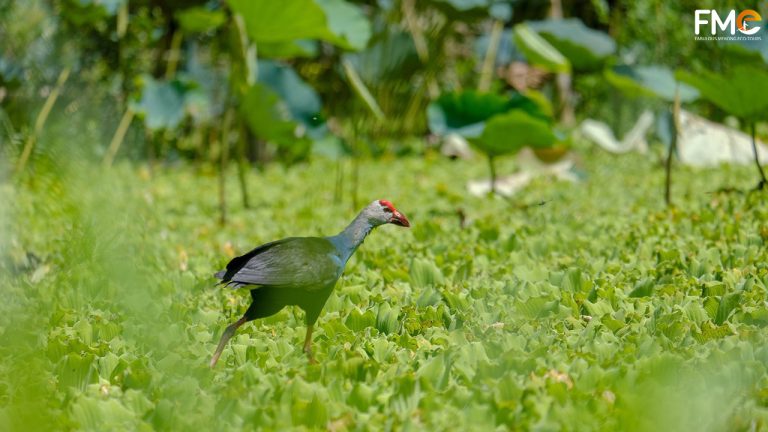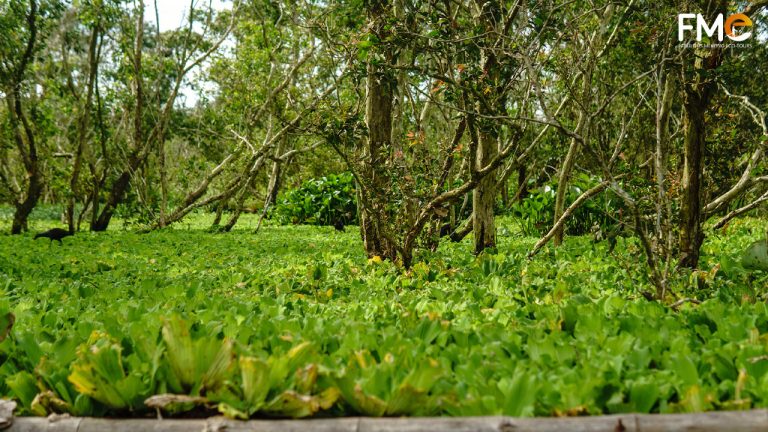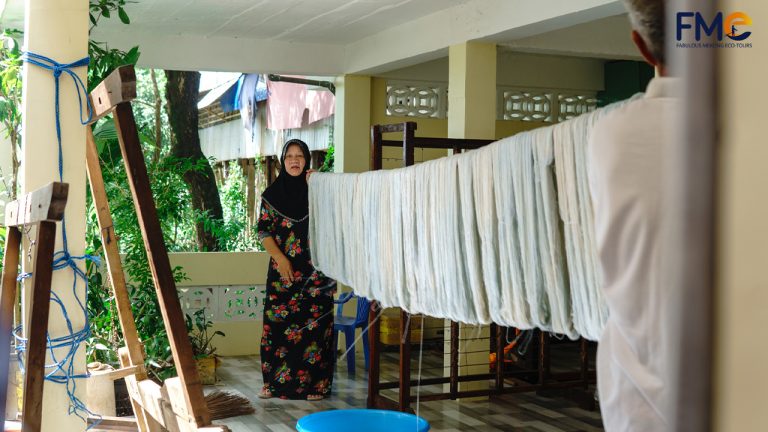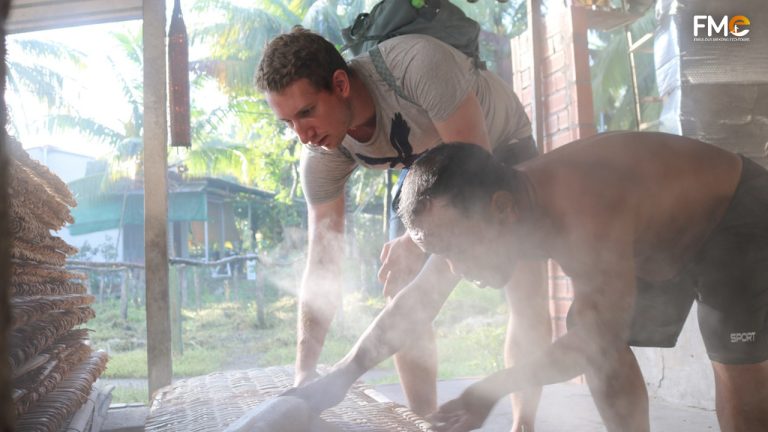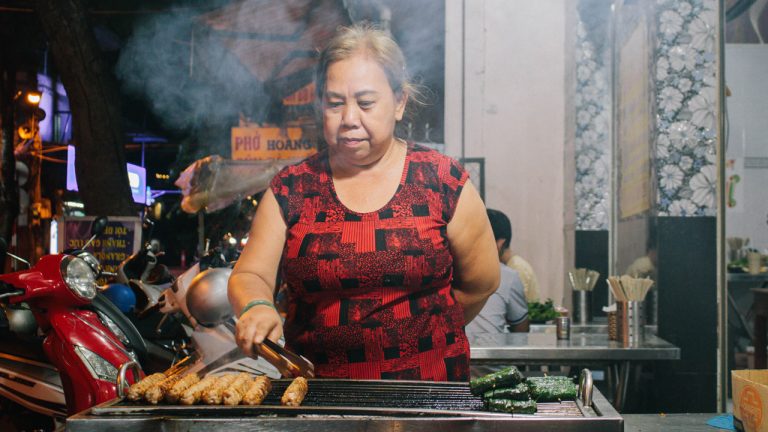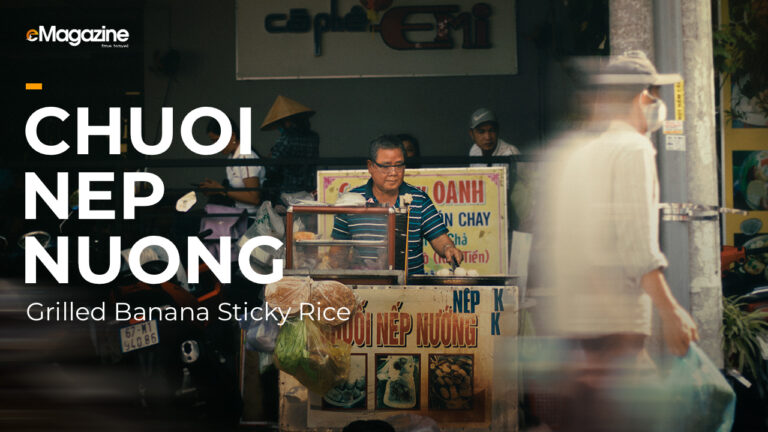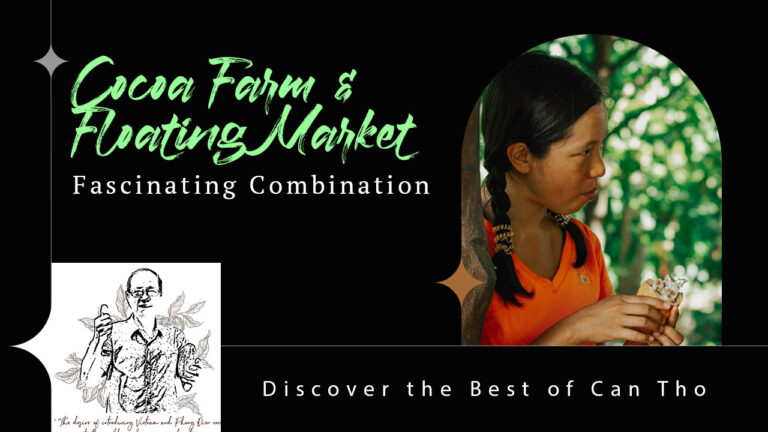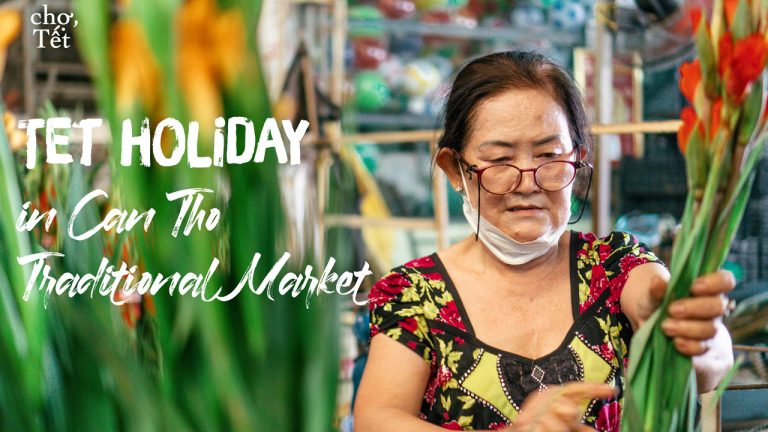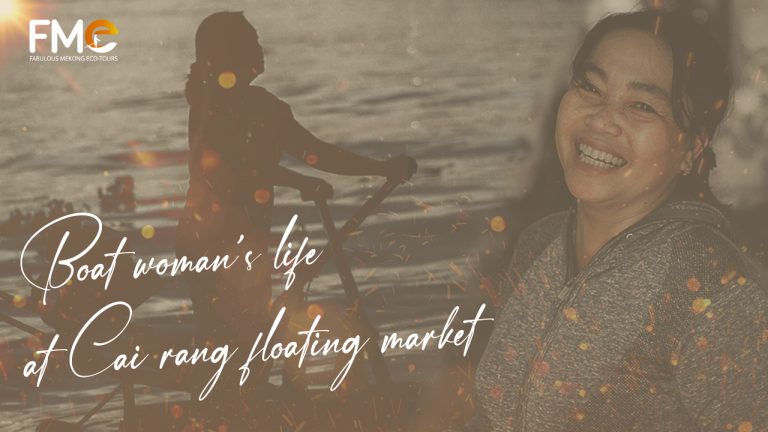Where is Mekong River? Geography & Ecology
The Mekong River is the 12th longest river in the world, flowing over 4,900 kilometers through six countries in Southeast Asia.
Special role: The Mekong River is a fascinating and important waterway that has played a key role in the history, geography, and ecology of Southeast Asia..
Writen by: Huynh Hieu Travel.
Last Updated:
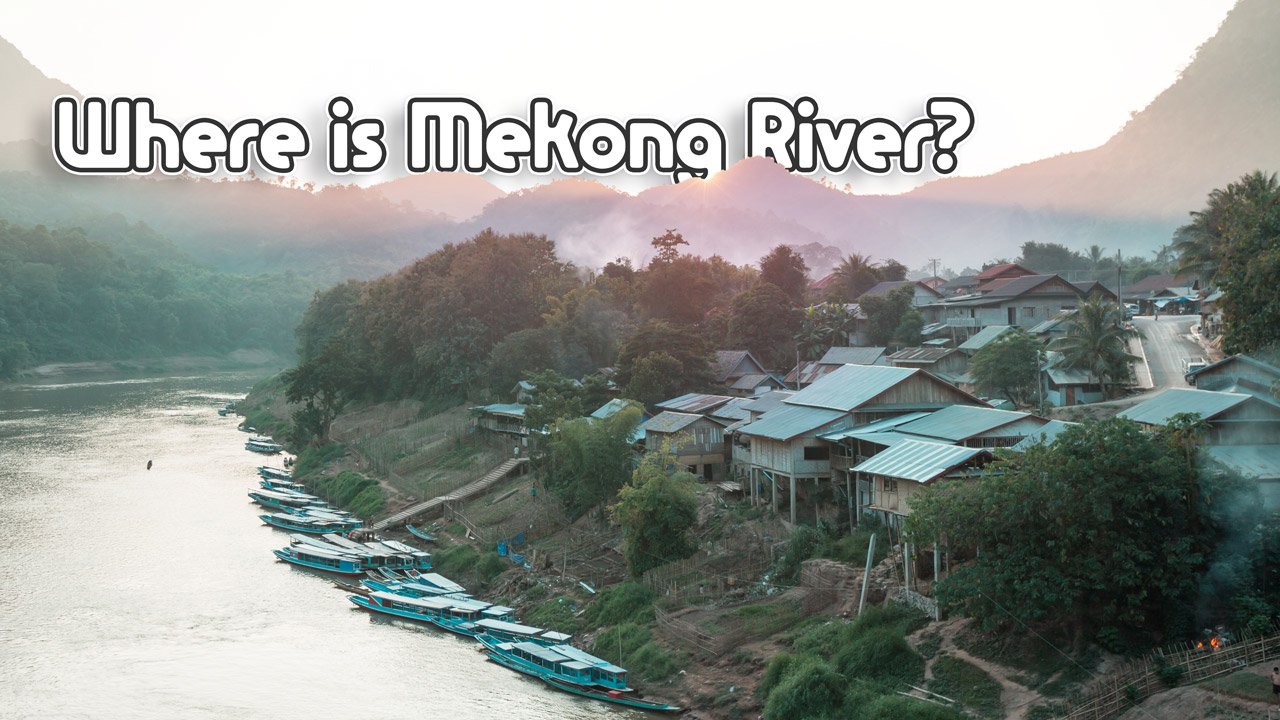
Table of Contents
Welcome to our comprehensive guide on the Mekong River, one of the most fascinating waterways in Southeast Asia. In this guide, we’ll take you on a journey along the Mekong River, exploring its history, geography, and ecology. Our aim is to provide you with all the information you need to know about the Mekong River, so you can fully appreciate its beauty and importance.
The Mekong River is a symphony of nature and culture, weaving through mountains and valleys, connecting people and communities along its journey. Its has played a fundamental role in shaping the vibrant cultures, rich biodiversity, and dynamic economies of the region.
– Dr. Richard Cronin, Director of the Southeast Asia Program at the Stimson Center.

Geography of the Mekong River
The Mekong River is the 12th longest river in the world, flowing over 4,900 kilometers through six countries in Southeast Asia. The river’s source is in the Tibetan Plateau, where it is known as the Dza Chu River. From there, it flows through China, Myanmar, Thailand, Laos, Cambodia, and Vietnam before emptying into the South China Sea.
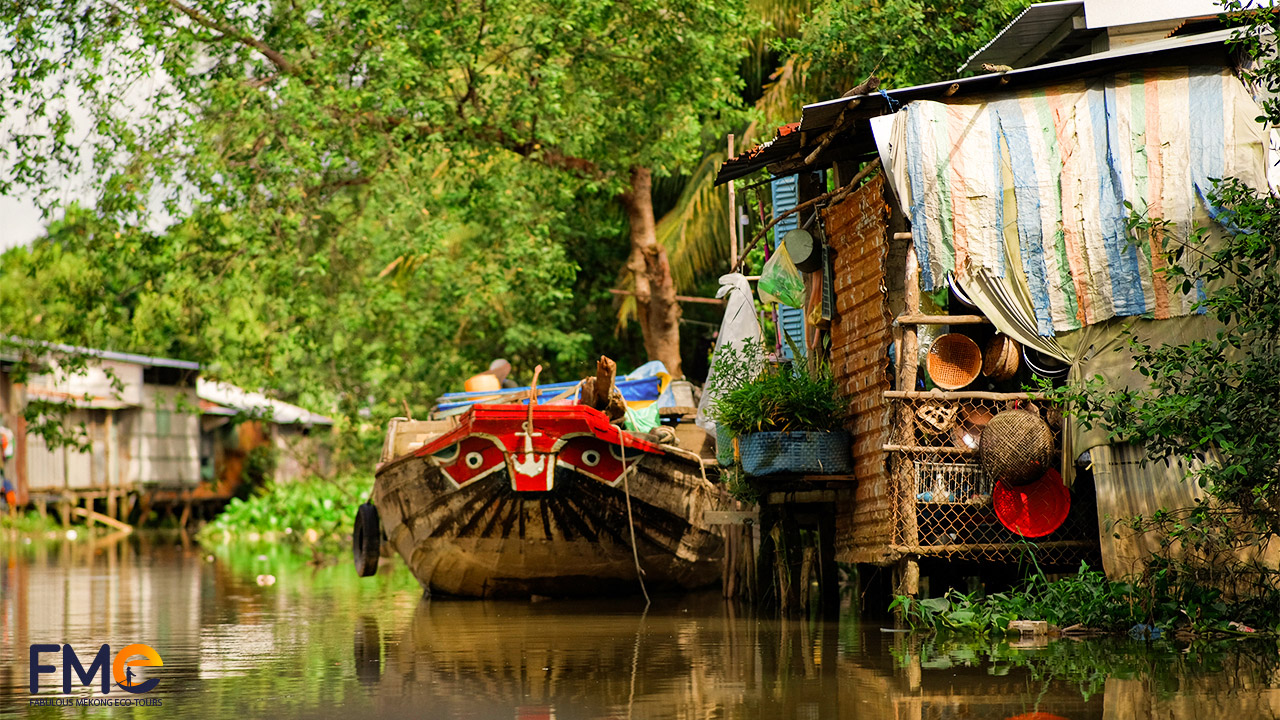
The Mekong River is home to some of the world’s most diverse and unique ecosystems, including tropical rainforests, wetlands, and freshwater habitats. The river also plays a vital role in the livelihoods of millions of people in the region, providing water for irrigation, fishing, transportation, and energy production.
From those geographical diversity, unique characteristics are formed, such as: Rustic boat life at Viet Nam Floating Market.
Discovering the Hidden Source of Mekong River
The incredible journey of the mighty Mekong River begins at the breathtaking Lasagongma Spring, a glacial stream nestled high on the slopes of Mount Guozongmucha in the Tibetan Plateau of China. This incredible source is situated at a dizzying height of more than 17,000 ft above sea level, making it one of the highest sources of any river in the world.
From here, the spring flows into the Gaoshanxigu River, which then cascades into a series of smaller rivers such as Gouyonggu, Zayaqu, and Zaqu before eventually becoming the Lancang Jiang River. As it passes through the rugged and mountainous terrain of Yunnan province and the deep gorges near Yanjing, the Lancang Jiang River transforms into the mighty Mekong River.
The transformation takes place at the border between China, Myanmar, and Laos near the vibrant city of Jinghong, where the Lancang Jiang River finally becomes the legendary Mekong River. The journey of the Mekong River is truly awe-inspiring, and its source is a testament to the sheer power and magnificence of nature.
After travelling thousands of kilometers, the Mekong River reaches Vietnam and splits into nine different distributaries before emptying into the South China Sea. The river delta in Vietnam is one of the most important and productive agricultural regions in the country, known for its lush green rice paddies, fruit orchards, and fish farms. The Mekong River has been a lifeline for the people of Vietnam for centuries, providing water for irrigation, transportation, and fishing. The river’s importance to the region cannot be overstated, and its journey to Vietnam marks the end of an incredible and awe-inspiring journey.
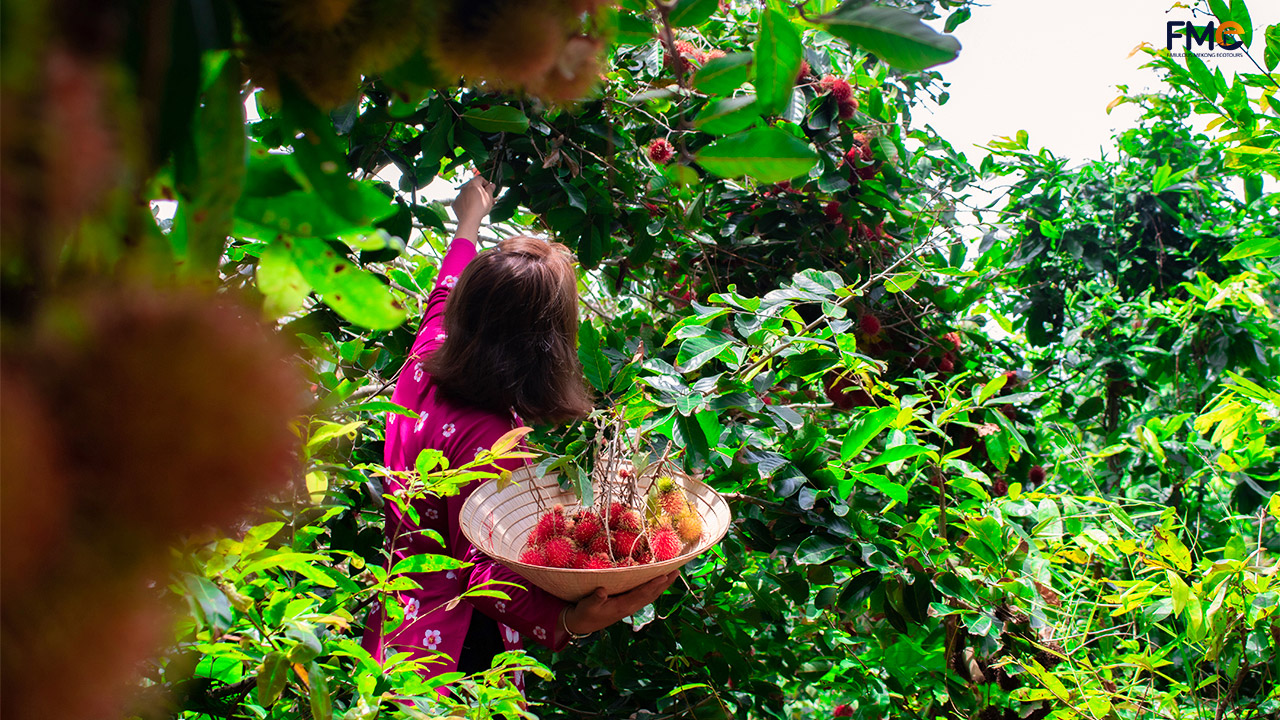
Tracing the Name of Southeast Asia’s Iconic River
The Mekong River is named after the contracted form of the Thai and Lao names for the river, which are ‘Mae Nam Khong’ and ‘Mènam Khong’, respectively. The term ‘Mae Nam’ means ‘Mother of Water’ in Thai and is used to describe any major river in the region. Thus, ‘Khong’ is technically the proper name for the river.
Interestingly, the Mekong River goes by several other names, depending on which country it flows through. In China, it is called Lancang Jiang, while in Cambodia it is referred to as Mékôngk. In Vietnam, the Mekong River is known as Sông Tiên Giang, and the region where it flows into the South China Sea is called the Mekong Delta.
The Mekong Delta in Vietnam is also known as the ‘Nine Dragons’, which is derived from the Vietnamese nickname for the river – ‘The River of Nine Dragons’. This name is a nod to the nine historic tributaries of the river, although only seven of them still exist today. Despite its many names, the Mekong River is a vital source of life and livelihood for millions of people in Southeast Asia, providing water for irrigation, transportation, and fishing.

Exploring the Mighty Tributaries that Feed the Mekong River
The Mekong River has several major branches, with the exact number varying depending on the definition of what constitutes a “main” branch.
However, typically it is considered to have two main branches – the Upper Mekong and the Lower Mekong. The Upper Mekong region refers to the part of the river that originates in the Tibetan Plateau and flows through China’s Yunnan Province, Myanmar, Laos, and Thailand. The Lower Mekong region includes Cambodia and Vietnam, where the river flows into the Mekong Delta and eventually into the South China Sea. These two regions are distinct in terms of geography, climate, and culture, and each has its own unique characteristics and challenges.
Besides, the Mekong River has several major tributaries that contribute to its flow. The number and names of the tributaries can vary depending on the source, but there are generally considered to be 7 main branches of the Mekong:
- The Tonle Sap River: This is the largest tributary of the Mekong and is sometimes considered to be part of the main stem of the river. It flows from the Tonle Sap Lake in Cambodia and merges with the Mekong at Phnom Penh.
- The Sesan River: This river originates in Vietnam and flows through northeastern Cambodia before joining the Mekong in Stung Treng Province.
- The Srepok River: Also originating in Vietnam, the Srepok flows through Cambodia and merges with the Mekong near the border with Laos.
- The Sekong River: This river begins in Laos and flows through southern Laos and northeastern Cambodia before joining the Mekong in Stung Treng Province.
- The Nam Ou River: Another major tributary, the Nam Ou, originates in northern Laos and merges with the Mekong in northern Laos near the city of Luang Prabang.
- The Nam Tha River: This river also begins in northern Laos and flows through the town of Luang Namtha before joining the Mekong in northwestern Laos.
- The Mekong River Delta: The Mekong River delta in southern Vietnam is often considered a major branch of the river, as it is the final destination of the Mekong’s flow before it empties into the South China Sea.
These tributaries are important for providing water, fish, and transportation to the communities living along the Mekong River basin. However, the construction of dams and other human activities have threatened the health and biodiversity of the river and its tributaries in recent years.
Ecology of the Mekong River
The Mekong River is home to an incredible array of plant and animal life, including over 1,300 species of fish, making it one of the most biodiverse rivers in the world. The river’s ecosystems are also incredibly important for the region’s agriculture and food security, with millions of people depending on the river’s fish for their daily sustenance.
However, the Mekong River is also facing a number of environmental challenges, including pollution, dam construction, and climate change. These threats are putting the river’s ecosystems and the livelihoods of millions of people at risk, making it crucial for us to take action to protect this precious resource.
Discover the island in the middle of the river in the Mekong River region of Vietnam: Son islet in Can Tho.
Gallery
FAQs
The Mekong River flows through China, Myanmar, Laos, Thailand, Cambodia, and Vietnam.
The Mekong River is over 4,900 km long, making it the 12th longest river in the world.
The Mekong River is approximately 4,900 kilometers (3,044 miles) long.
The major tributaries of the Mekong River are the Tonle Sap River, the Sesan River, the Srepok River, the Sekong River, and the Nam Ou River.
Some of the major environmental concerns related to the Mekong River include damming and water diversion projects, illegal fishing, pollution, and climate change.
Article source
Here are the sources we referenced for the article:
- Mekong River Commission website: https://www.mrcmekong.org/
- United Nations Environment Programme (UNEP) Mekong River Basin Atlas: https://mekongwaterinfo.org/mekong-river-basin-atlas
- National Geographic website on the Mekong River: https://www.nationalgeographic.com/environment/freshwater/mekong-river/
- The World Bank Mekong webpage: https://www.worldbank.org/en/region/eap/brief/mekong-overview
- International Rivers organization Mekong webpage: https://www.internationalrivers.org/mekong-river
And QR code this artircle:
